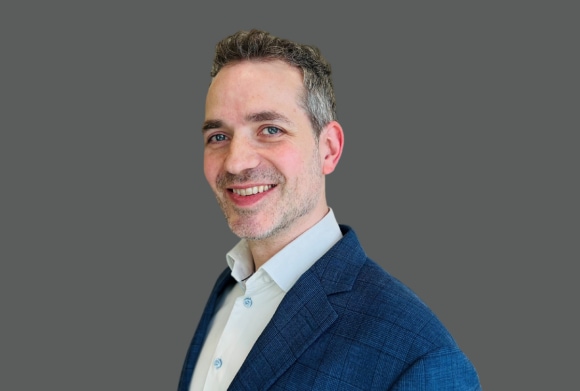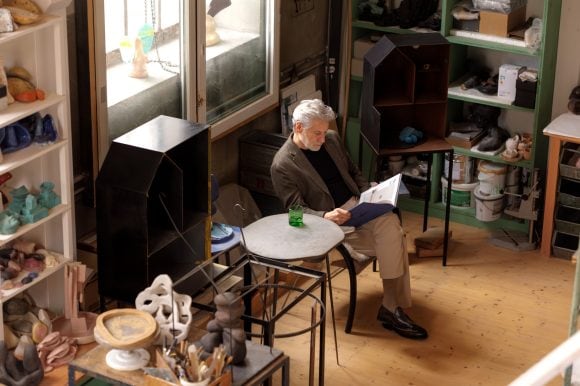Meet the experts
Nalini Tarakeshwar: We need to talk more about failure and learn from it
For philanthropy to succeed, it is important to learn from unsuccessful endeavors as well as investments that work. Encouraging collaboration among wealthy individuals is part of that process.








